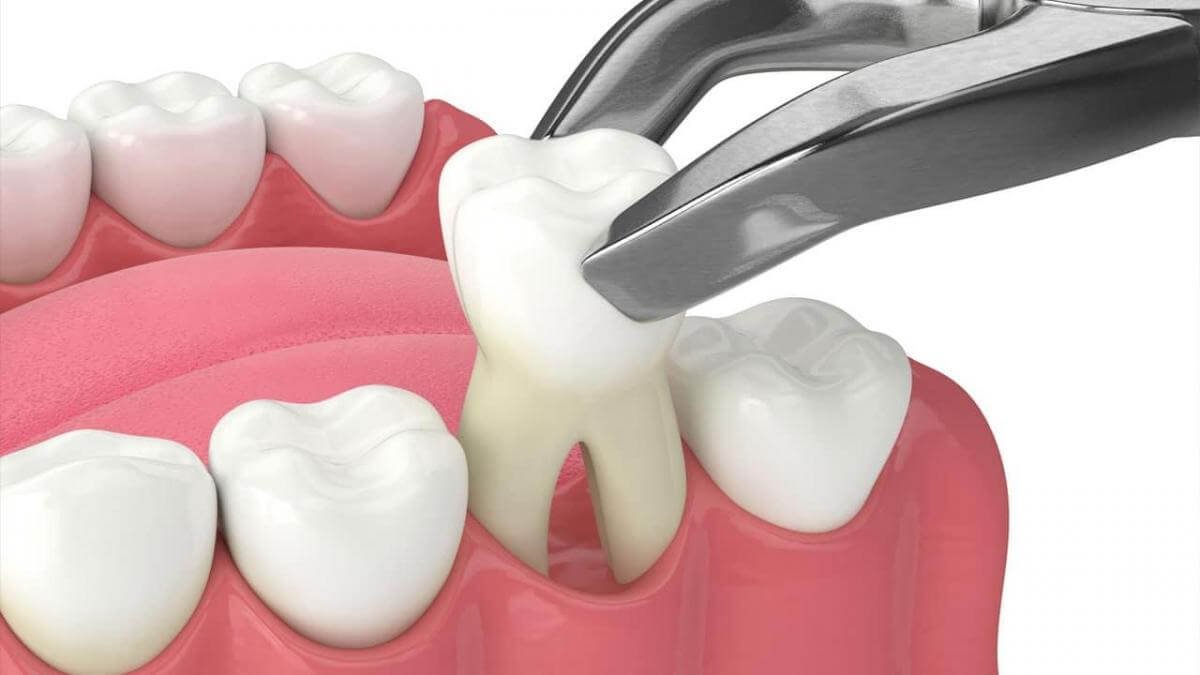How Long After Tooth Extraction Can I Use a Straw?
When it comes to recovery from oral surgery, patience is key. Rebounding to your regular eating habits too soon can disturb the blood clot at the surgical site and lead to painful complications like dry socket.
Many patients find it difficult or uncomfortable to open their mouth wide and move their jaw after a tooth extraction. A straw allows them to drink liquids precisely and safely.
1. Wait at Least a Week
In general, it is best to avoid straws entirely for the first week after a tooth extraction. This period is crucial for initial healing and blood clot stabilization. Any action that disturbs the clot could cause a painful complication known as dry socket.
Using a straw can create suction that may dislodge the blood clot in the extraction site. This can result in pain, swelling, and delayed recovery.
You will want to eat soft foods and drink only lukewarm liquids in the immediate aftermath of your procedure. This will help you stay hydrated and maintain a healthy diet during the healing process.
Related: How Long Does a Temporary Crown Last?
In addition, drinking through a straw is useful for those who have difficulty opening their mouth wide or moving their jaw after a tooth extraction. It allows you to control the flow of fluid and minimizes the risk of irritating the stitched area. Moreover, you can use warm salt water rinses to keep the surgical site clean.
2. Consult Your Dentist
Using a straw too soon can dislodge the blood clot that is essential to healing the surgical site. Disrupting the clot can lead to a painful condition called dry socket, which slows recovery and increases pain.
Avoid drinking through a straw until your dentist says it is safe to do so. When your dentist does allow you to reintroduce straw use, drink liquids only from a glass or cup and with a spoon to control intake and avoid suction. Drinking from a bottle is also acceptable, but it should be sipped carefully to minimize the risk of damaging the wound.
Eat soft foods like yogurt, mashed potatoes, and applesauce to reduce pressure on the extraction site. Avoid chewy or crunchy foods, which can irritate the area and delay healing. Continue to practice good oral hygiene, rinsing gently with a saline solution or mouthwash and brushing without irritating the area. Take prescription or over-the-counter pain medication as directed to manage discomfort.
3. Avoid Straws for Dry Socket
After tooth extraction, a blood clot forms in the empty socket to protect the area and promote healing. If the clot becomes dislodged, it can lead to dry socket, which delays recovery and causes pain. The suction created by straw use can easily dislodge the clot and increase your risk of complications.
Avoid using a straw until your dentist says it’s safe to do so. In the meantime, sip liquids and eat soft foods through a spoon instead of a straw.
Try hydrating beverages and nutritious foods like yogurt, applesauce, and mashed potatoes that are easy on your surgical site. Avoid crunchy or chewy foods that could irritate the area and delay healing. In addition, be sure to rinse your mouth frequently with warm water mixed with salt to keep it clean and prevent infection.
4. Stay Hydrated
Staying hydrated is essential for oral health, promoting saliva production and reducing the risk of dental issues like cavities. However, patients should avoid hot foods and drinks after tooth extraction to prevent irritation and complications such as dry socket.
After a tooth extraction a blood clot forms in the empty tooth socket to protect the underlying bone and nerves. Chewing or drinking through a straw too soon can dislodge the clot and delay healing.
When chewing is prohibited, soft, nutrient-rich foods can be substituted for hard, crunchy snacks. Examples include mashed potatoes, yogurt, soups, and smoothies (without a straw). Protein-rich foods such as scrambled eggs are also a great choice to help speed up tissue repair. In addition, avoiding carbonated and alcoholic beverages can reduce pain and swelling. Lastly, patients should try to refrain from spitting as it can cause the clot to dissolve. Instead, spitting should be avoided by using a mouth rinse or water syringe.







